Excuse me! Wine, may I have your numbers? how many acres, vines, tons, barrels, bottles and glasses.
Before you ask for Wine’s numbers, at least make sure it is old enough.
When a vine is planted into the ground, any fruit buds in the first three years will be cut away. This will enable the vine to focus its nutrients on developing its root stock, as oppose to bearing fruits. After three years, fruits can be harvested for wine-making, however not until five years or more when a vine will reach its full production potential. Vines will produce great fruits for decades, however, when it comes to quality, a typical vine won’t deliver its best fruits until much later, 10 years or older. Yield then will decline drastically once vines reach above 25-30 years old. Vineyards will usually replant their vines once they reach over 35 years or more, it doesn’t make sense financially to keep them. Older vines will produce less grapes, but in return, fruits are more concentrated and flavorful. Some vines can last up to 100 years or more; less fruits but will result in better wine and therefore it will end up costing more.
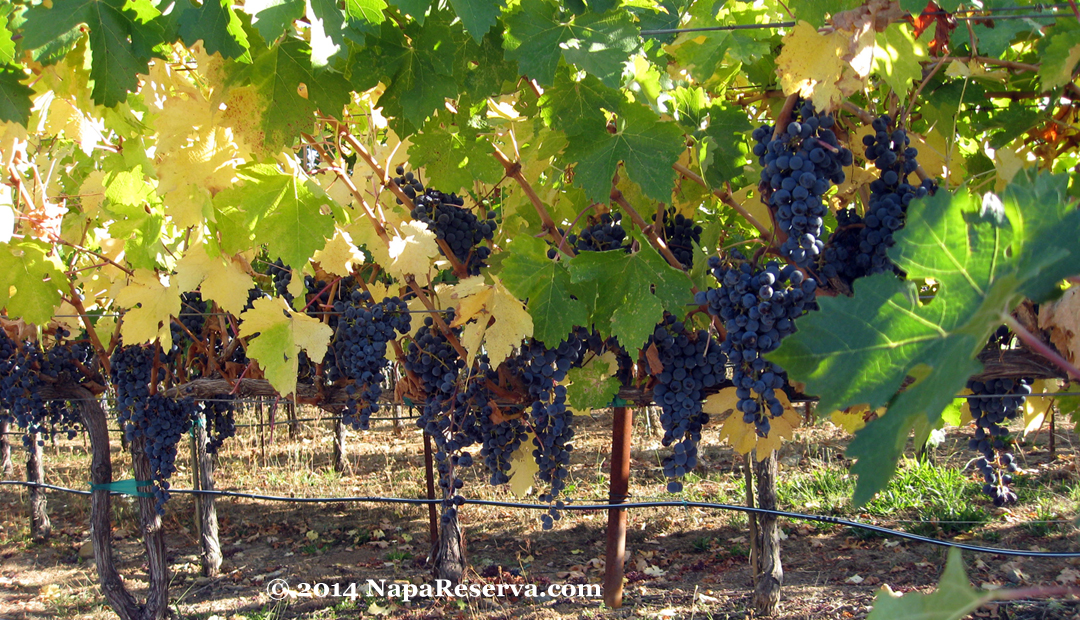 In the Vineyards
In the Vineyards
One acre is slight more than 4000 square meters, and 2.5 acres make up for 1 hectare. One acre can plant around 1400-2400 vines. depending the quality and yield that the wine-makers are looking for. Each acre will yield between 2-10 tons of fruits. For high-end wines, yield are kept to 5 tons or less per acre. Some vineyards only allow 2 tons per acre for optimal concentration of flavors, resulting in very expensive wine.
1 acre = 1,400-4000 vines = 2-10 tons (4000-20,000 lbs) of fruits.
1 vine = 2-14 pounds of fruits = half bottles to 3 bottles
1 bottle = 3-8 clusters/bunches = 500-700 grapes
From the Cuvee’
Each ton of grapes will yield a little over 2 barrels.
1 ton of grape = 700 bottles
1 barrel = 60 gallons = 300 standard-size bottles (750ml) = 25 cases ( more like 22-23 cases after wine loss due to racking)
1 case = 12 bottles
So, for a very low-yield high quality vineyard, 1 acre will produce 2 tons of fruits resulting in 4+ barrels or about 1400 bottles or 116 cases. For cheaper wines, a high-yield vineyard, with 10 tons of grapes per acre, that 7,000 bottles or over 580 cases.
Now a quick example:
A small boutique winery in Napa Valley with 20 acres of planted vines. They aim to produce quality wine and train their vines for low yields.
At 4 tons of harvested fruits per acre, a 20 acre vineyard will result in 80 tons of fruits each year.
80 tons = 160 barrels = 4,000 cases = 48,000 bottles
*Each year, over 90% of wineries produced less than 40,000 cases or less.
From the Cellar
A standard size bottle contains exactly 750ml, or 3/4 of a liter. Wine will age better in larger size bottles and they also make great display and collectors’ items.
Standard size = 750ml
Demi = 375ml (half size)
Magnum = 1.5 liter (double size) – known to be best for extended-aging of wine.
Jeroboam = 3 liter (4 times standard size)
Methuselah = 6 liter (8 times standard size)
Salmanazar = 9 liter (12 times standard size)
Balthazar = 12 liter (16 times standard size)
Nabuchadnezzar = 15 liter (20 times standard size)
At the Table
A standard size bottle contains 750ml of wine, roughly 25 oz.
1 glass = 4-5 oz. (a glass can contain much more than 5 oz, however, it needs plenty of room for enjoyment, such as for swirling and nosing the wine)
1 tasting pour = 1.5-2 oz (when sampling large amount of wines, or what you would get when tasting a flight of several wines at wineries)
1 bottle = 5-6 glasses (full pour) = 12-16 tasting pours.

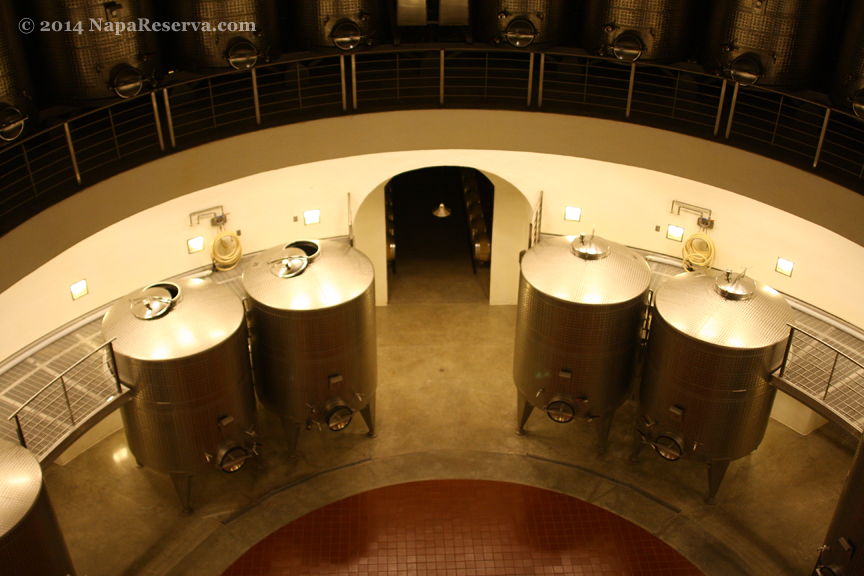
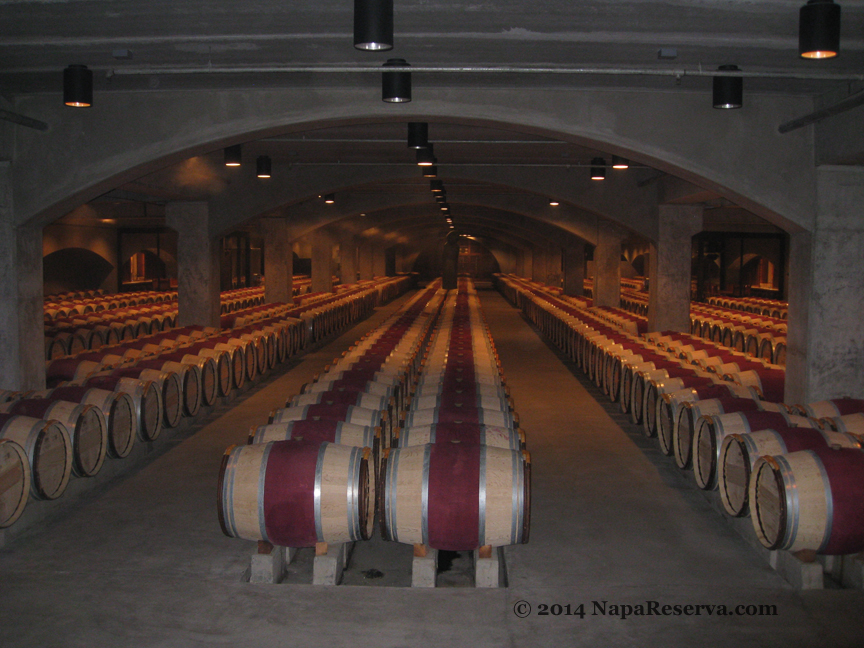
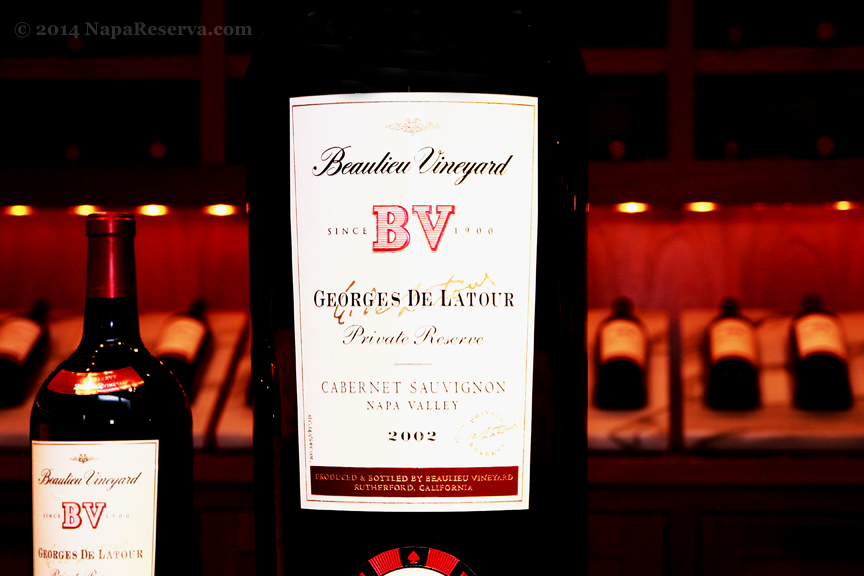
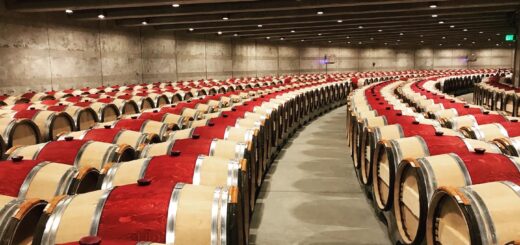
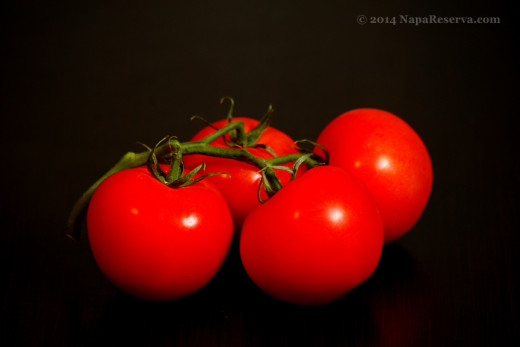
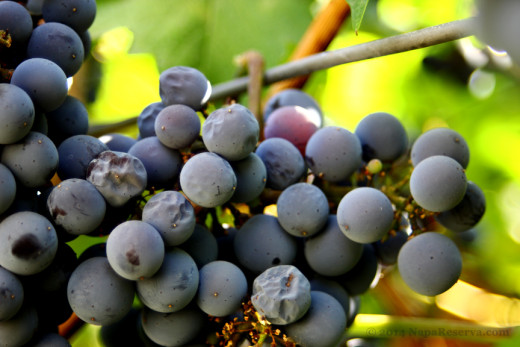
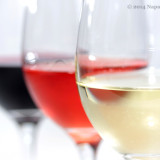
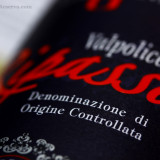

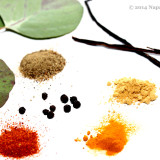
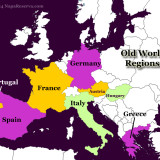
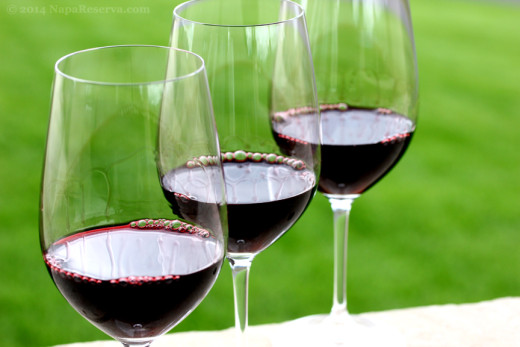
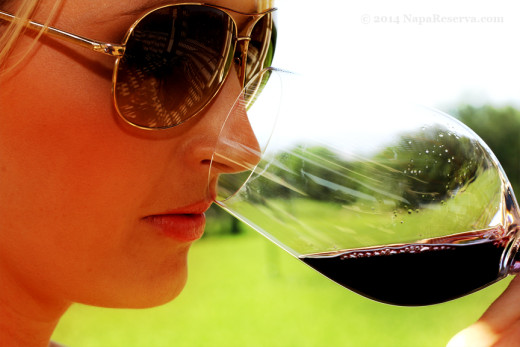

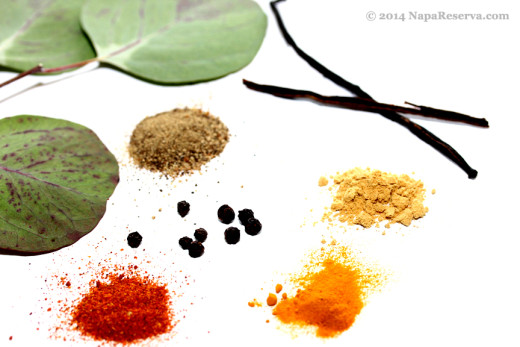
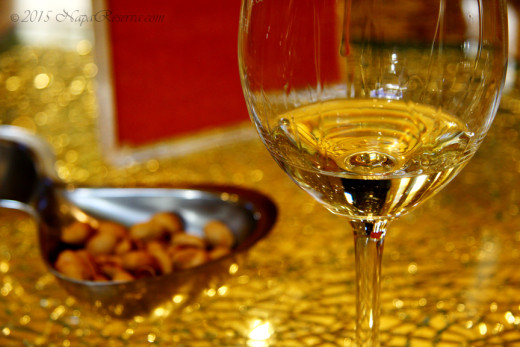


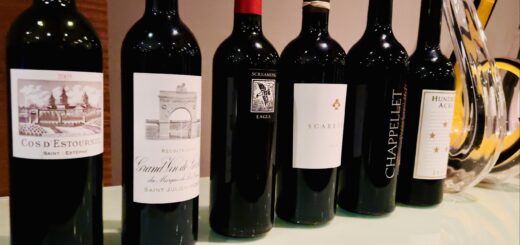
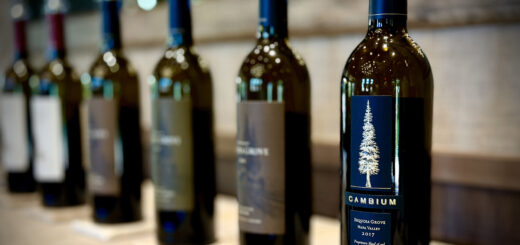
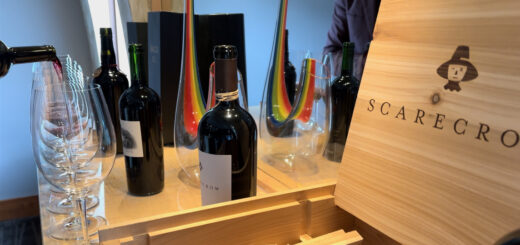

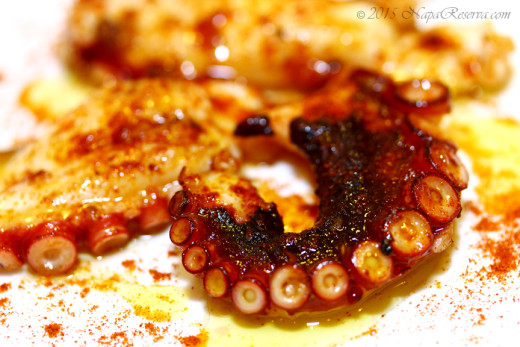
Thank you for the insight to wine making you have provided. I am truly looking forward to more future informative articles!